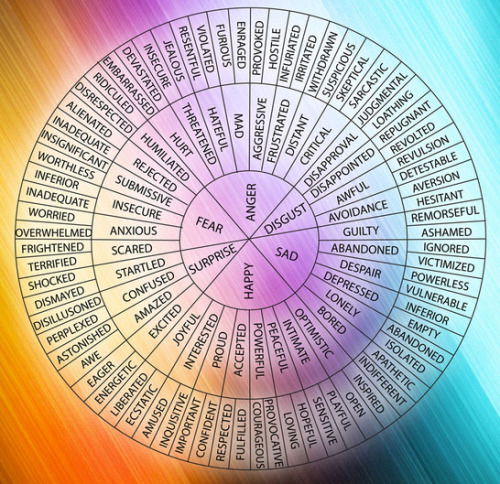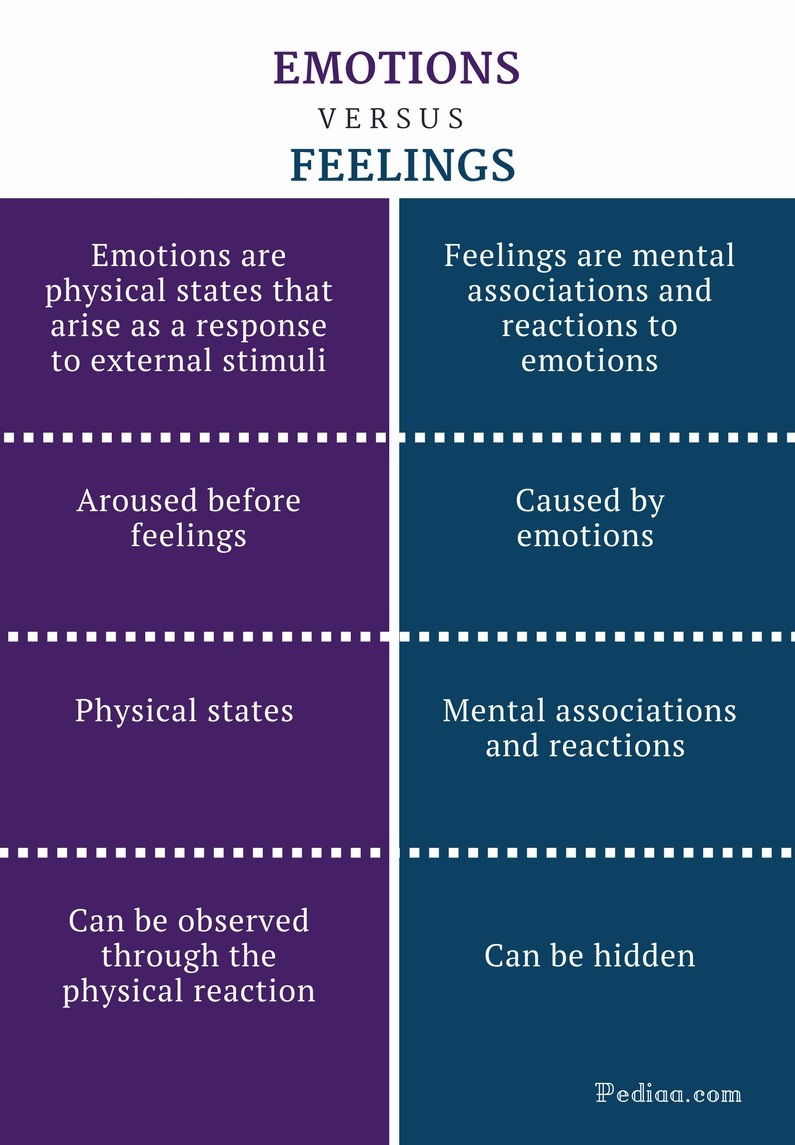Human Emotions - 10 Basic Emotions
19Jan
Emotions are the result of both what happens, and of the story you tell yourself about what is happening
The 10 primary basic human emotions are
happy, sad, surprised, fear, anger, disgust, pride, shame, embarrassment, excitement
During the 1970s, psychologist Paul Eckman identified six basic emotions that he suggested were universally experienced in all human cultures.
He later expanded his list of basic emotions to include such things as pride, shame, embarrassment, and excitement
Psychologists have also tried to identify the different types of emotions that people experience, researchers found that people experience these emotions along a gradient - these emotions can be classified as primary, secondary and tertiary
 In a study published in Proceedings of National Academy of Sciences, researchers identified 27 distinct dimensions of emotions
In a study published in Proceedings of National Academy of Sciences, researchers identified 27 distinct dimensions of emotions
Emotional reactions are coded in our genes and while they do vary slightly individually and depending on circumstances, are early life experiences that we perceived at the time to be threats to our safety and worth, these feelings are sparked by emotions and colored by the thoughts, memories, and images that have become subconsciously linked with that particular emotion for you
Emotions play out in the theater of the body. Feelings play out in the theater of the mind
 In order to truly understand emotions, it is important to understand that there are three parts to an emotion - three critical components of an emotion
In order to truly understand emotions, it is important to understand that there are three parts to an emotion - three critical components of an emotion
A subjective component (how you experience the emotion)
A physiological component (how your body reacts to the emotion)
An expressive component (how you behave in response to the emotion).
By understanding some of the different types of emotions, you can gain a deeper understanding of how these emotions are expressed and the impact they have on your behavior
Advances in neuroscience suggest how brains generate emotions through a combination of cognitive appraisal and bodily perception which is a component of judgment (knowledge and perception) and volitional (willing and intending) states of consciousness
Giving the example of the theory, is that, happiness is the evaluation that your desires are being satisfied, similarly, sadness is the evaluation that your desires are not being satisfied, and anger is the judgment aimed at whatever is blocking the accomplishment of your desires or goals
Because emotions cause subconscious feelings which in turn initiate emotions, becoming aware of the primal origin of the stories you carry with you, you should learn to challenge the perception that your safety and worth are at risk in these moments
Practice to pause and evaluate your emotions in moments of emotional provocation that weakens trauma-induced reaction that are relevant in the present moment
“Humility is strength not weakness”
During these moments ask yourself questions that provoke and transform you out of your victim, villain, and helpless stories, and also, ascertain what role are you pretending not to know about your role or choices in this situation
Learning self control rather than immediately responding to every impulse as it arises will give you the ability to subdue your impulses, emotions, and behaviors to estimate alternative actions, and ideally avoid doing things that may later become a regret or requiring you to apologize, enforcing the emotions you do not wish to carry so heavily on your shoulders
Quote for us:
“I don't want to be at the mercy of my emotions. I want to use them, to enjoy them, and to dominate them.”
― Oscar Wilde, The Picture of Dorian Gray
Comments



